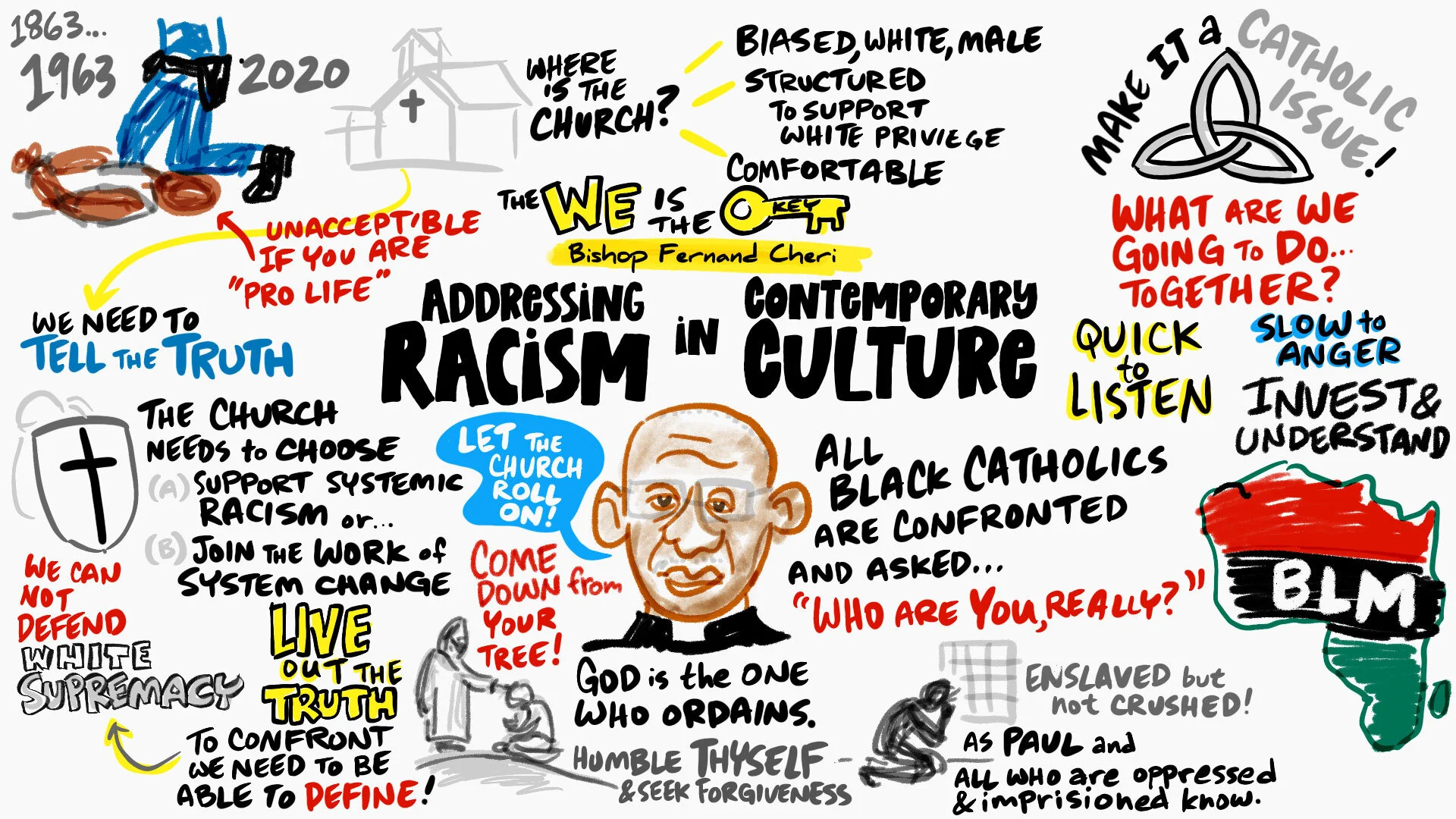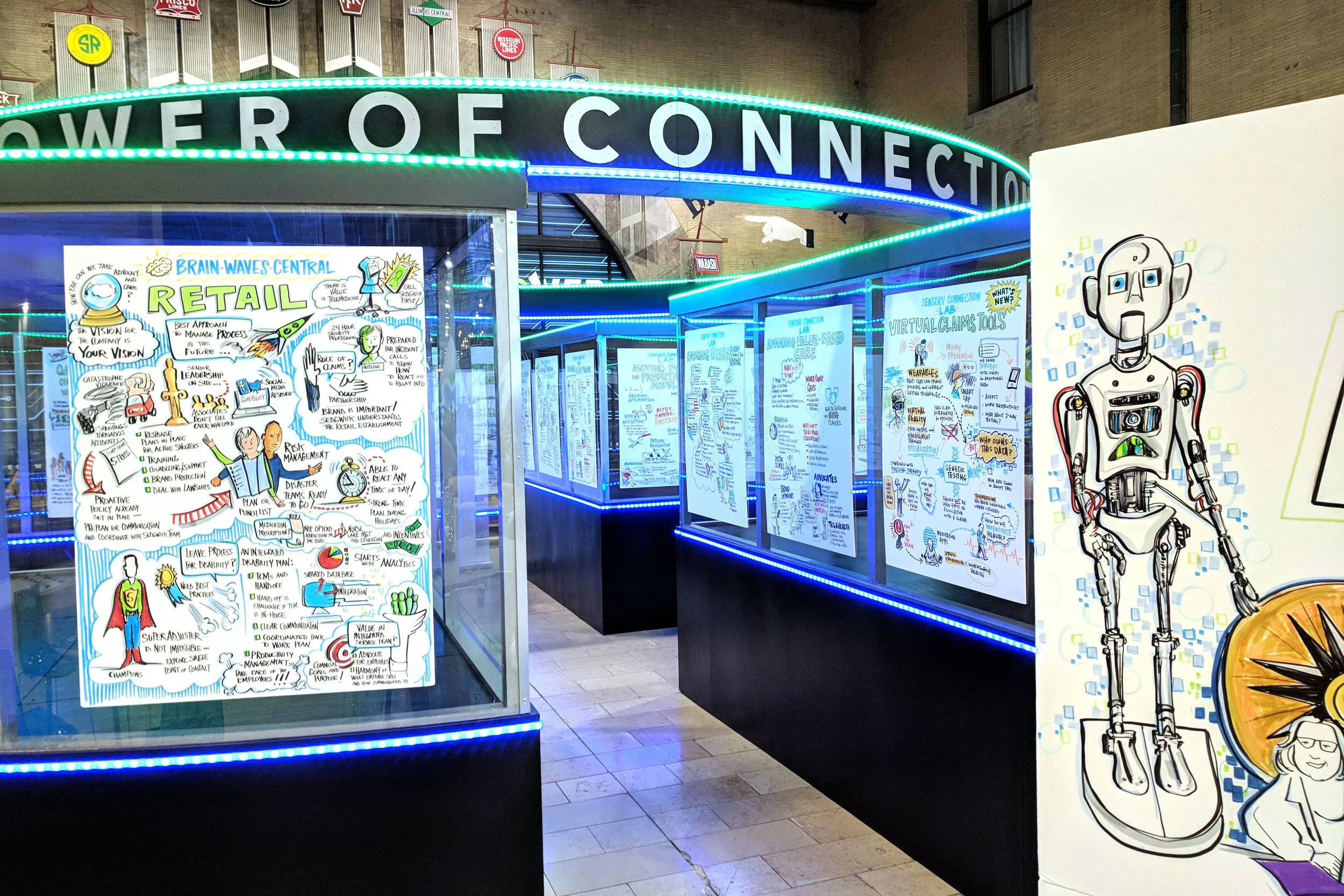Children and teenagers with attention deficit hyperactivity disorder have developmental delays of up to three years in some regions of the brain, U.S. researchers said on Monday.
"The sequence in which different parts of the brain matured in the kids with ADHD was exactly the same as in healthy kids. It's just that everything was delayed by a couple of years," said Dr. Philip Shaw National Institutes of Health's National Institute of Mental Health.
Shaw said the delays are most pronounced in regions of the brain that are important for controlling thought, attention and planning.
ADHD is a condition suffered by about 2 million U.S. children that often becomes apparent in preschool and early school years. Children with ADHD have a tougher time controlling their behavior and paying attention.
The finding was based on imaging studies involving 223 children and teens with ADHD and 223 without the disorder.













